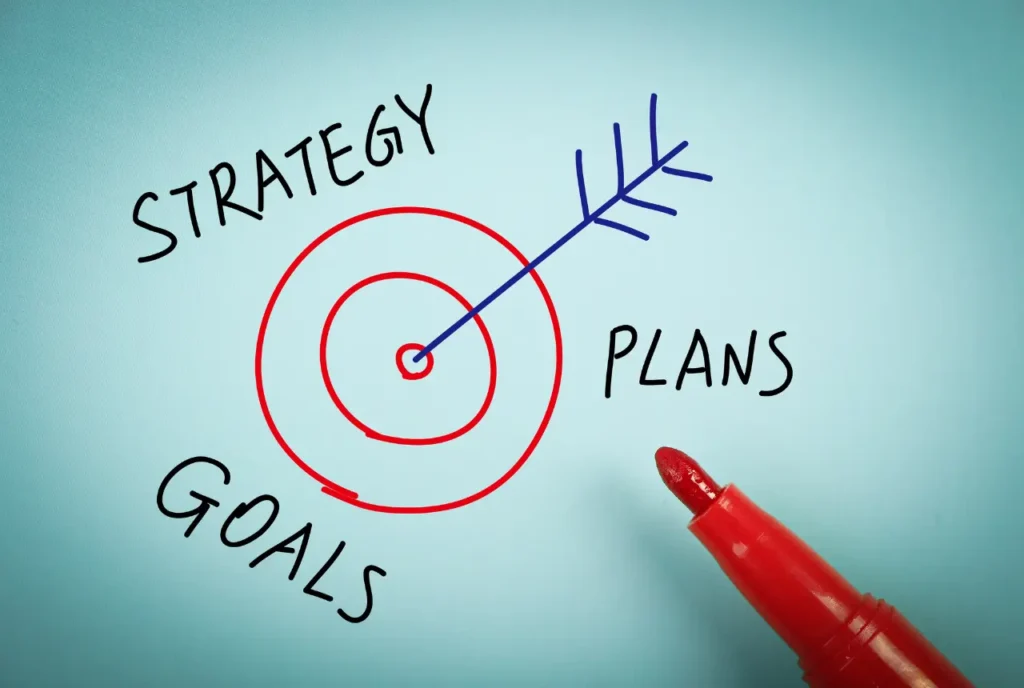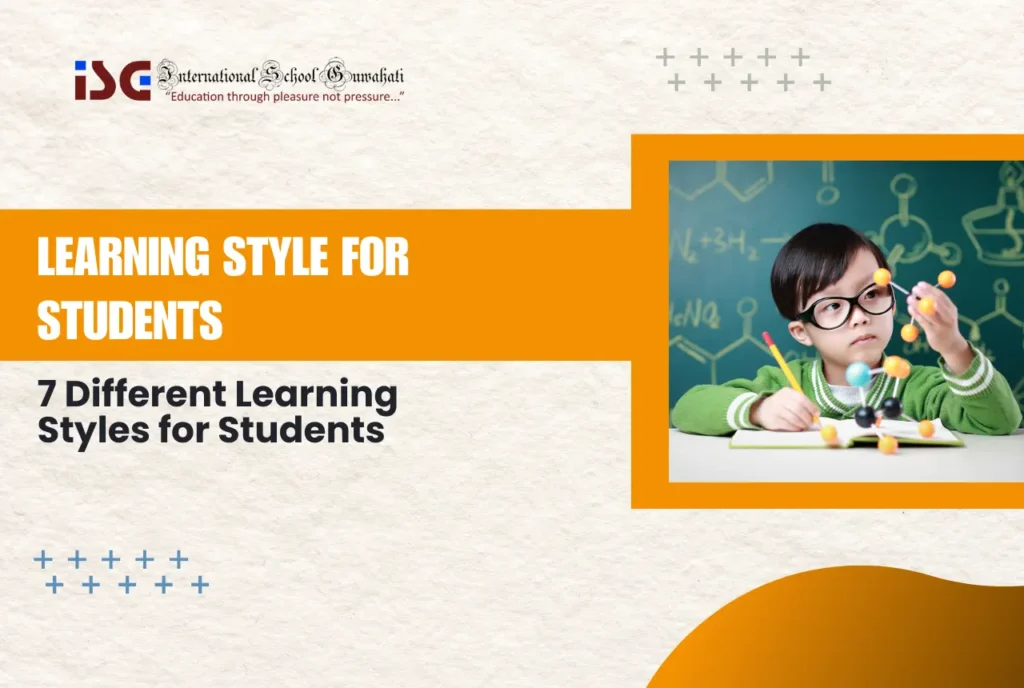![]()
High school may be only two years but it is a significant part of our education. Students often feel overwhelmed by the textbooks, lectures, assignments, and exams in this stage of education.
This is also the stage when students choose their preferred streams and picture a career they want in the future. While education may seem like a one-size-fits-all approach, there are some different types of learning styles for students we will discuss in this blog.
Learning style refers to your general understanding of the study matter customized for you. This means, your learning style may not be the same as your other classmates.
Finding your dominant learning style or styles can open you up to different approaches and methods that will improve learning both practically and pleasurably.
This article will go over seven various learning styles and give you strong resources to customize your high school education.
Different Types of Learning Styles for Students

Learning styles are the unique ways our brains take in, process, and retain information. They influence how we learn best in different situations.
While the concept of learning styles has been debated, it remains a valuable tool for self-awareness and developing personalized learning strategies. Here’s a glimpse into the seven main learning styles:
Visual Learning or Spatial Learning
Do you excel with diagrams, charts, and mind maps? You might be a visual learner! These learners thrive on visual representations of information. Visually presenting or organizing their study material helps them not just learn well but retain what they study.
Physical Learning or Kinesthetic Learning
Can’t sit still for too long? You might be a kinesthetic learner! These learners benefit from hands-on activities and movement to grasp concepts. This style is also increasingly used in schools and colleges as it is more effective than soaking all the information from reading a book. This style is great for students as it increases the retention rate of knowledge.
Aural Learning or Auditory Learning
Lectures make you sleepy, but discussions can energize you. You might be an auditory learner! These learners learn best by listening to information presented orally. This style is often used in learning or teaching languages like English in schools. Audiobooks, Listening and Speaking Assessments are all parts of this style of learning.
Verbal Learning or Linguistic Learning
Do you love reading and writing? You might be a verbal learner! These learners excel at processing information through written and spoken language. This is a traditional method that is still widely considered the most common method or style of imparting education in schools, colleges, and universities.
Logical Learning or Mathematical Learning
Do you see patterns everywhere and love solving puzzles? You might be a logical learner! These learners thrive on logic, reasoning, and problem-solving approaches. The people who have the aptitude for this style of learning are naturally better at maths and logical problems.
Social Learning or Interpersonal Learning
Learning feels better with a friend by your side. You might be a social learner! These learners benefit from collaboration, discussions, and group activities. They can discuss tricky concepts with each other which helps them grasp them better. Social learning has been acclaimed by people for its benefits as it can have an amazing impact on one’s education and learning process.
Solitary Learning or Intrapersonal Learning
Do you prefer independent study and reflection time? You might be a solitary learner! These learners excel at self-directed learning and quiet environments.
Identifying Your Learning Style

The key to unlocking your academic potential is self-assessment. Take some time to reflect on your learning preferences. Here are some questions to get you started:
- What kind of learning activities do you enjoy the most?
- How do you usually process information? (e.g., visually, by hearing, by doing)
- What are your current study habits?
- When do you feel most focused and engaged while learning?
Remember, most students have a combination of dominant and secondary learning styles. Don’t get hung up on fitting neatly into one category.
Learning Strategies for Each Style

Now that you have a better understanding of learning styles, let’s explore specific strategies for each one:
- Visual Learners: Embrace mind maps, flashcards, graphic organizers, labeled diagrams, and educational videos.
- Physical Learners: Get hands-on with experiments, role-playing, kinesthetic games, and activities that involve movement.
- Auditory Learners: Leverage recordings of lectures, audiobooks, study groups with discussions, and use a dictation app while studying.
- Verbal Learners: Take detailed notes, summarize information in writing, participate in group discussions, and use a thesaurus to expand your vocabulary.
- Logical Learners: Practice problems, solve logic puzzles, create flowcharts, and utilize online simulations.
- Social Learners: Form study groups, participate in peer tutoring, brainstorm with classmates, and explain concepts to others.
- Solitary Learners: Embrace independent research, find quiet study spaces, create personalized study plans, and explore online learning modules that cater to self-directed learning.
Beyond Learning Styles: Additional Tips for Success
Understanding your learning style is a powerful tool, but it’s not the only key to success. Don’t be afraid to experiment with different learning strategies beyond your dominant styles. Create a personalized study plan that incorporates a variety of methods to keep you engaged and motivated.
Remember, effective learning also involves good time management, organization skills, and creating a positive learning environment. Don’t hesitate to seek help from teachers, tutors, or academic advisors.
Conclusion
Understanding your learning style, coupled with self-assessment and personalized learning strategies, can revolutionize your high school experience. We often find ourselves at a loss when we sit down for a study session. Students often feel this way because they have not yet found the learning style that works for them.
These above-mentioned different types of learning styles for students can help them figure out what works for them. Embrace different learning techniques, seek support, and unlock your academic potential!








